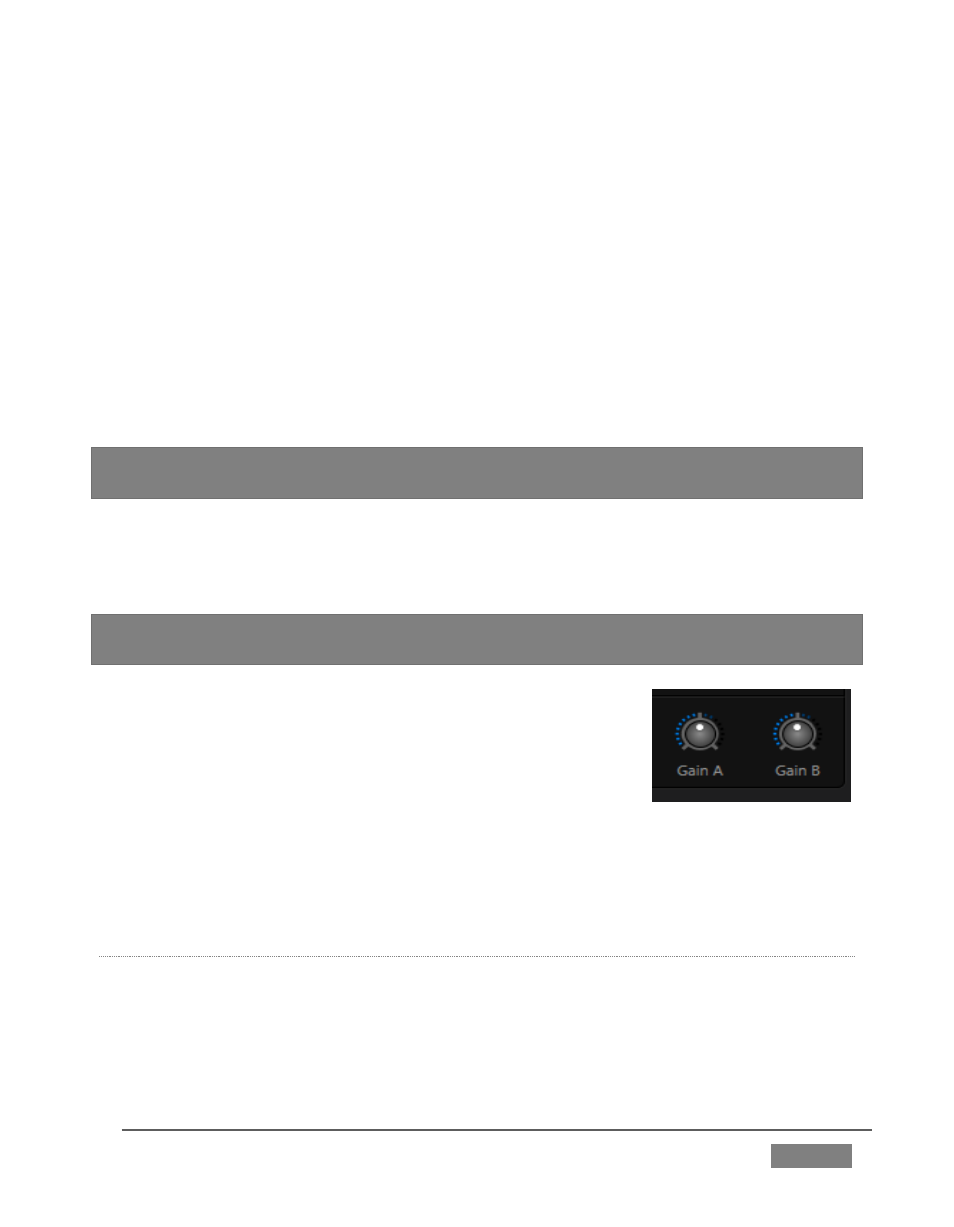NewTek TriCaster 8000 User Manual
Page 61

Page | 45
Select Mic 1, 2 for professional grade microphones or similar sources. On
supporting models, use the Phantom option for condenser type microphones
requiring supplementary power.
Choose Line for most other device connections (including consumer devices
such as a CD player, computer audio output or VCR).
For 8-input models only, select AES/EBU for digital audio from an AES/EBU
(AES3) output.
SDI Embedded or HDMI provide digital audio from the associated video
connection.
Note: Analog audio levels conform to SMPTE RP-155. The maximum input/output level
is +24 dBu, nominal Mic input level +4 dBu (-20dBFS), and the sample rate is 96 kHz.
The Volume sliders (next to the VU meters) default to their lowest settings on first
launch. After adding audio sources, slowly bring these sliders up to pass their
signals through the system.
Hint: Most numeric controls in TriCaster can be reset to their defaults using Shift +
double-click on the control knob. The default value for Gain sliders is 0dBVU.
Some variation exists as respects signal levels from
individual sources, even within the same type. For Mic (and
Mic + Phantom) connections, Gain (a.k.a., Trim) controls are
provided to allow fine tuning of the input level.
To access these controls, open the Advanced Audio
Configuration panel, by clicking the Configuration button (gear) in the titlebar for an
input control group. Use the Gain knobs (Figure 30) to bring the levels for
microphones and similar sources into a useful range on the VU meter.
A
UDIO
H
EADROOM
In digital audio systems, levels exceeding ‘legal’ values are ‘clipped’ (uniformly
assigned the maximum value). This results in audible issues that cannot be easily
corrected later.
FIGURE 30
